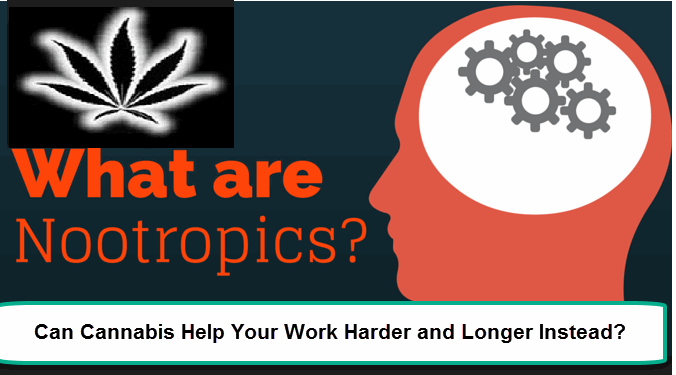Latest 3D Image Shows Clearest Picture Of Human Cannabis Receptor
What Does Your Brain Look Like When You Smoke Weed? from CannabisNet on Vimeo.
We know now that cannabis works so well for humans because THC, the psychoactive ingredient in cannabis, binds to a receptor in the brain known as CB1. When cannabis and the CB1 receptor interact, this is when we start experiencing the therapeutic benefits of cannabis.
Researchers have recently just published the clearest picture in history of the CB1 receptor. This is significant because clearer imaging can pave the way for the development of cannabis medications. A group of scientists headed by the iHuman Institute of Shanghai Tech University were able to analyze a high-resolution image of the CB1 receptor. They conducted the study in order to better understand how cannabis interacts with the brain.
'With marijuana becoming more popular with legislation in the United States, we need to understand how molecules like THC (the psychoactive component of marijuana) and the synthetic cannabinoids interact with the receptor, especially since we're starting to see people show up in emergency rooms when they use synthetic cannabinoids,' says the study’s co-author Raymond Stevens who is a Professor at the iHuman Institute, according to the ShanghaiTech University said. He also added, “'Researchers are fascinated by how you can make changes in THC or synthetic cannabinoids and have such different effects.”
To do the study, the scientists used a molecule which enabled the CB1 receptor successfully freeze for a period of time that was long enough for them to study its molecular structure. They did computer simulations to analyze how molecules would interact with it. 'Now that we finally have the structure of CB1, we can start to understand how these changes to the drug structure can affect the receptor,' says Professor Stevens. But the researchers also found that these therapeutic molecules could cause anxiety, depression, and even suicidal tendencies which is why medications with cannabis were taken off the market.
The study’s findings can finally help scientists better understand why medications that are designed to imitate cannabis’ medicinal properties can actually have some side effects even without a high. They may be able to contribute to the development of more effective and safe medications derived from cannabis. According to Professor Zhi-Jie Liu, a co-author of the study: “'We need to understand how marijuana works in our bodies; it can have both therapeutic potential and recreational use, but cannabinoids can also be very dangerous.” He adds, “'By doing both the basic science and understanding how this receptor works, we can then use it to help people in the future.”
Dangers Of Synthetic Cannabis

Further understanding the impact of synhetic cannabis medications is important because of the proliferation of these drugs in the market. In fact the side effects of synthetic cannabis are so fatal that they can actually cause deaths, and the public needs more education and awareness about it. Synthetic forms of cannabis can be so addictive, and withdrawal symptoms include headaches, tremors, rapid heart rate, fatigue, difficulty thinking clearly, nausea, heavy sweating, and nightmares. Long-term use of these drugs can cause confusion and forgetfulness, side effects which you won’t experience if you take the real thing.
Synthetic forms of cannabis are sold on the market while manufacturers claim that these are safe alternatives to marijuana. It’s not uncommon to see their labels indicating that synthetic cannabinoids contain natural plant material although chemical tests indicate that these cannabinoid compounds are made in laboratories. Synthetic cannabinoids are part of a group of drugs known as NPS or new psychoactive substances which are unregulated yet cause psychoactive effects when people take them. These drugs are intended to mimic the effects of cannabis as well as other drugs.
Sadly, synthetic cannabinoids have long been available in markets and on the internet. These drugs use chemical compounds that have no medicinal value and put people at risk for addiction. Because of the dangers of these drugs, the chemicals contained in them are illegal to possess, buy, and sell although manufacturers have found loopholes and are still able to use it in their products by altering the chemical formulations used in the mixtures.
Because it’s so easy to access synthetic cannabinoids, many people (most of which are young kids who are unable to have safe access to real quality cannabis) think that these are actually safe alternatives and are harmless. Another reason why they are so popular with young kids is because when you take these, they can’t be detected with the standard drug tests.
OTHER STORIES YOU MAY ENJOY...
THE DANGERS OF SYNTHETIC WEED, CLICK HERE...
OR...

 Stevens Laboratory, USC
Stevens Laboratory, USC





